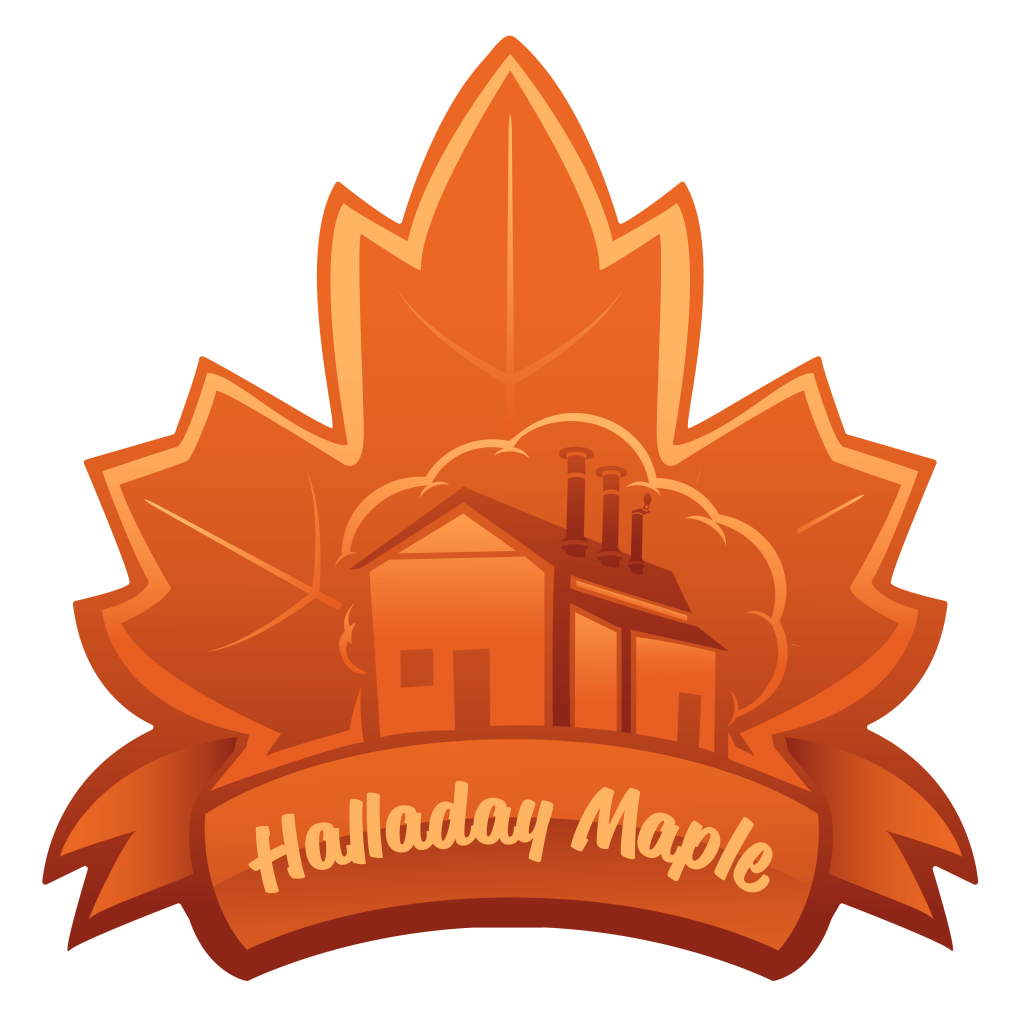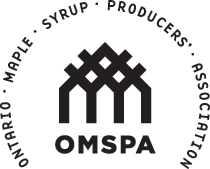Learn More About Maple!
Get to know Maple with our handy list of resources!
Maple Grades Explained
Back in 2018 the Maple syrup market changed its taste and color classification so that all producers across all provinces and states would have the same color and taste clarification to their syrup. The goal of the change was to make it easier for consumers to identify syrup no matter what province or state you reside in.

Golden
Delicate Flavour & Lightest Colour
This is the lightest color and is usually associated with the first sap flows during the sugaring season. It is golden in color and with a subtle maple flavor, often with hints of vanilla. The delicate flavor often surprises people who expect a strong maple flavor found in other grades.

Amber
Rich Flavour & Light Amber Colour
Amber is slightly darker than Golden with a light amber color. The rich flavor is “a full-bodied maple taste of medium intensity.” This is the typical grade for folks looking for a classic maple syrup taste.

Dark
Robust Flavour & Dark Amber Colour
The robust flavor is more pronounced than Amber syrup and the subtle flavors found in Golden and Amber are often masked by the maple flavor. Folks who desire a more intense maple flavor formerly associated with the old NH Grade A Dark choose this grade.

Very Dark
Strong Flavour & Darkest Colour
This grade is the darkest of all the grades and has a very intense maple flavor. In recent years, the Very Dark and Dark are preferred grades because consumers like the strong flavors of maple associated with these grades. Very Dark syrup holds up well in cooking and the maple
flavor transfers to the final product.
Maple Confection Explained
Soft Maple Sugar Candy
Pour into the candy moulds. Make sure the moulds are heat resistant-rubber or metal are best. The individual pieces can be removed in 20-30 minutes. The fresh maple candies can be kept in cool dry conditions for a few months. Crystal coating (dipping the cooled, dried maple sugar candies in high density syrup {70.5°-72.5° Brix} for a few hours) prevents the candy from drying out and extends the life of the candy.
Maple Butter
Batches can be made with as little as 2L of maple syrup but a 5L batch (in a 10L stainless steel pot) works well and produces approximately 15 x 330 gram jars of maple butter. Before the syrup comes to a boil, add a small amount of approved defoamer to keep it from boiling over and to allow for a very rapid boil. The syrup is then boiled until it reaches approximately 21°F to 24°F above the boiling temperature of water. Remove the pot from heat and place the pot in a cold water bath. Cover the pot with a cloth to keep out foreign particles. Take great care not to bump, move or vibrate the pot while it is cooling or the syrup will start to crystallize.
We let stand overnight, changing the water a few times. We drain the waer and let it come up to room temperature (it makes stirring easier) while others will begin stirring right away.
We place the pots in a warm bath of water to loosen up the syrup from the sides, then pour into our butter machine. Alternativity, A very stout wooden spoon should be used to stir the maple butter as the concentrated syrup is very thick and difficult to stir. A few tablespoons of maple butter from a previous batch will “seed” the batch and speed up the stirring. Stirring by hand can take between 20 and 40 minutes. We run the butter machine for 13 minutes before we start to jar the butter. The maple butter is ready to be put in containers when the surface loses its glossy shine and the maple butter starts to look a light, creamy brown. Maple Sugar
Granulated Maple Sugar
Boil the syrup to approximately 45°F-50°F above the boiling point of water. Add just enough defoamer to prevent the pot from boiling over. Remove from heat and pour into your mixer. I suggest a mixer with a 500 Watt motor or better. In about 6 minutes the syrup starts to steam violently as it crystallizes and releases heat as steam. As the syrup crystallizes it will become more and more solid. After the sugar has completely crystallized and does not appear moist it can be left to cool to room temperature but should be stirred occasionally to prevent clumping. If the sugar does not appear to be drying properly, spread it on a cookie sheet and place in the oven at 200°F for 20 minutes, stirring occasionally to remove the excess moisture.
Once cool, the sugar can be sifted to separate the fine sugar from the larger chunks. The chunks can either be broken up or crushed in a blender or they can be sold as-is. Granulated maple sugar absorbs moisture so it should be stored in airtight containers in a cool dry location.
Quick Maple Facts
Check out these sweet facts about Maple!
“Pure maple syrup from Canada contains vitamins and minerals – at approximately 110 calories per serving (2 tablespoons). It is an excellent source of manganese and a good source of riboflavin. Pure maple syrup is also a source of calcium, thiamin, potassium, and copper.”
“Scientists have identified more than 67 different plant compounds, or polyphenols, nine of which are unique to pure maple syrup. One of these polyphenols, named Quebecol, naturally forms when the sap is boiled to produce maple syrup.”
“The vitamins and minerals in 100% pure maple syrup from Canada may help to maintain and support a healthy body. One 30 ml (2 Tablespoons) serving of pure maple syrup contains 35% of the Daily Value of Manganese and 15% for Riboflavin”



